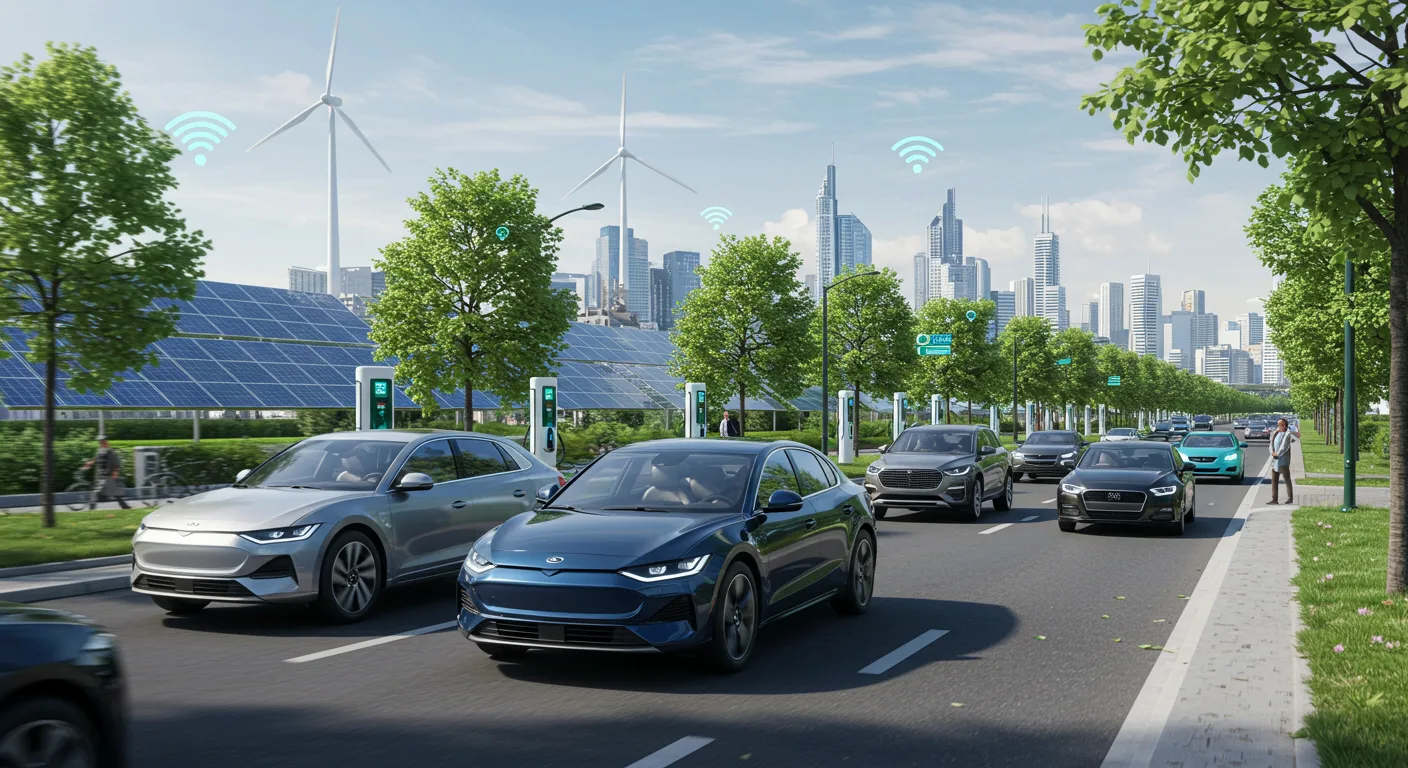1. Electric Cars Are More Affordable Than Ever in 2025
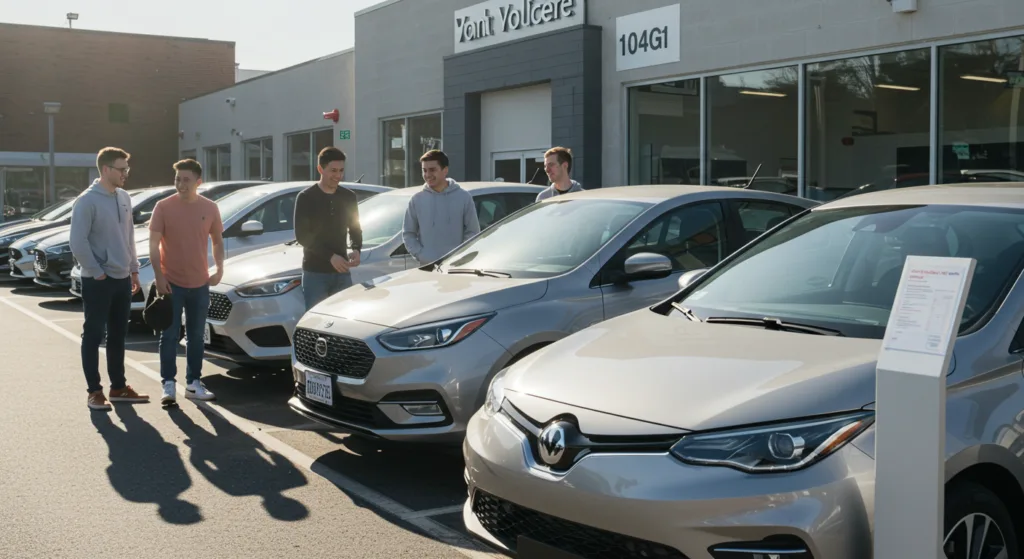
Electric vehicles (EVs) have reached a tipping point in 2025: they’re no longer just for early adopters or eco-enthusiasts. Price drops, government incentives, and improvements in battery technology have made EVs highly accessible to the average consumer.
Here’s why EVs are more budget-friendly today:
- Average EV prices have dropped by nearly 20% since 2022, thanks to mass production and cheaper lithium iron phosphate (LFP) batteries.
- Used EV market is booming — with more electric models hitting the roads in previous years, the secondhand market is now filled with affordable options under $20,000.
- Battery prices have fallen to around $80/kWh, compared to over $120/kWh just three years ago — making up the most expensive part of an EV.
- Incentives are still strong in 2025:
- In Europe, buyers can still access up to €5,000 in grants.
- In the U.S., the federal EV tax credit remains up to $7,500 for eligible models and buyers.
Moreover, electric cars has become incredibly attractive. With competitive offers from major brands like Hyundai, Volkswagen, and BYD, drivers can access EVs, making them a viable option even for those on a tight budget.
2. Zero Emissions: Why EVs Are Winning the Environmental Race
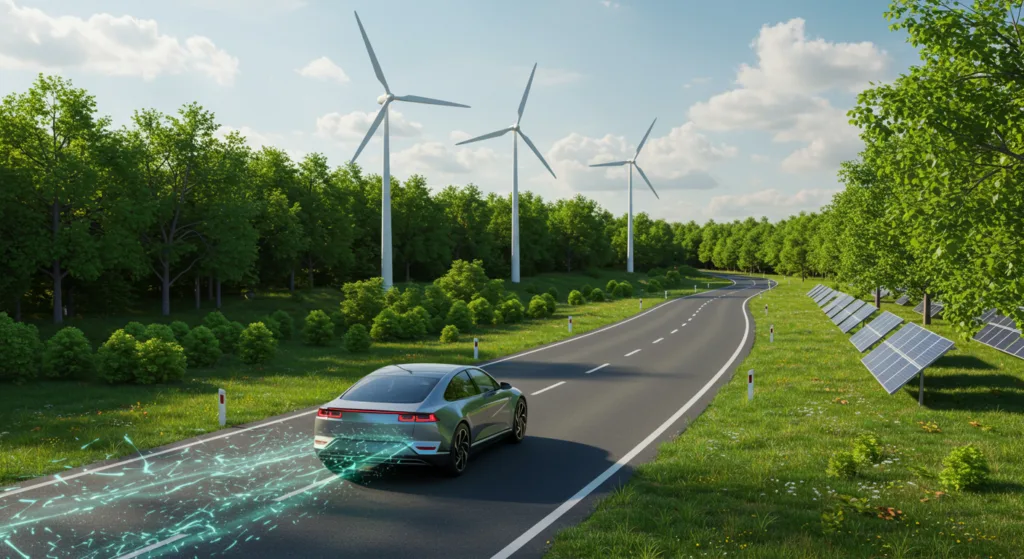
Sustainability is no longer a buzzword—it’s a global necessity. In 2025, EVs are leading the charge (literally and figuratively) in reducing greenhouse gas emissions.
Let’s break down why they’re winning this race:
- EVs produce 60-70% fewer emissions over their lifetime compared to internal combustion engine (ICE) vehicles, even when accounting for battery production.
- Cities worldwide are enforcing clean air zones, allowing only electric or ultra-low-emission vehicles in city centers (e.g., London’s ULEZ and Paris’s ZFE).
- Grid decarbonization is accelerating:
- Over 40% of electricity in Europe now comes from renewable energy sources.
- In the U.S., solar and wind energy have surpassed coal usage in 2025.
🔋 Battery recycling improvements are also closing the loop:
- Companies like Redwood Materials and Northvolt have developed processes to recover over 90% of lithium, cobalt, and nickel from used batteries.
- This dramatically reduces the environmental impact of battery production and supports a more circular EV economy.
Governments and consumers are aligning more than ever on sustainability goals, and EVs are becoming the cornerstone of this low-carbon future.
3. Fuel Savings and Lower Maintenance Costs Drive EV Popularity
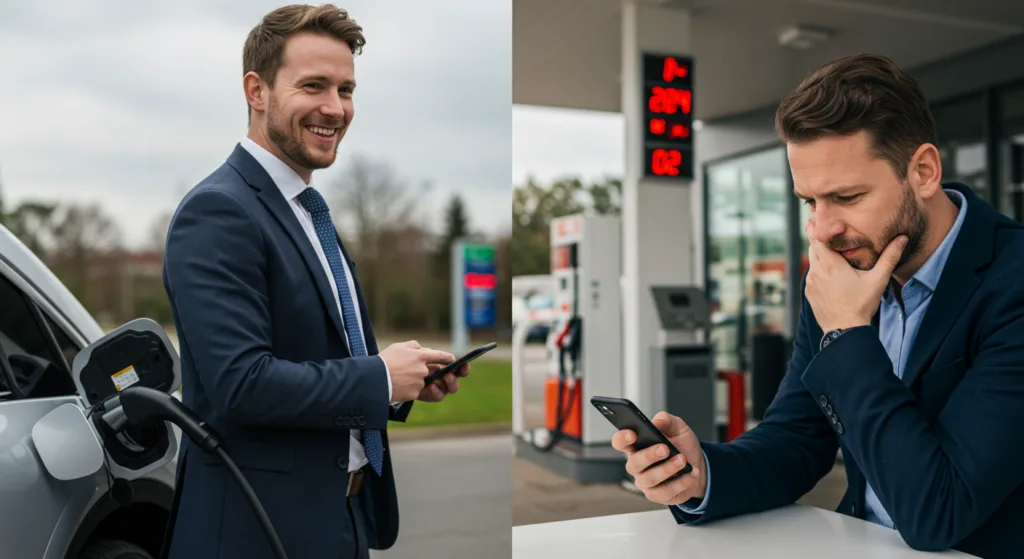
For many consumers, saving money over time is even more convincing than saving the planet. And in 2025, EVs offer significant cost advantages over gasoline-powered cars.
Here’s what drivers are saving on:
1. Charging vs Fuel:
- The average cost to charge an EV at home is around $0.13 per kWh in the U.S.
That’s about $5–$7 for a full charge, giving most EVs 250+ miles of range. - Compare that to gasoline, which in 2025 averages $4.00/gallon, and you’ll see why the savings pile up fast.
✅ Example: A driver commuting 15,000 miles a year saves roughly $900–$1,200 annually on fuel alone when switching to electric.
2. Maintenance Simplicity:
- EVs have fewer moving parts — no oil changes, no timing belts, no spark plugs.
- According to data from real-world EV owners in 2024–2025, maintenance costs are 40–60% lower than for ICE vehicles.
3. Regenerative Braking Saves Brake Pads
Regenerative braking helps preserve the braking system, meaning brake pads often last twice as long in EVs compared to traditional cars.
4. Less Downtime, More Reliability:
- No engine-related breakdowns
- Software updates can fix performance or range issues remotely
- Battery warranties now often extend up to 10 years or 150,000 miles
For both individuals and fleet operators, the total cost of ownership (TCO) is now heavily in favor of electric — making 2025 a breakthrough year for EV adoption.
4. EV Charging Infrastructure Has Expanded Rapidly in 2025
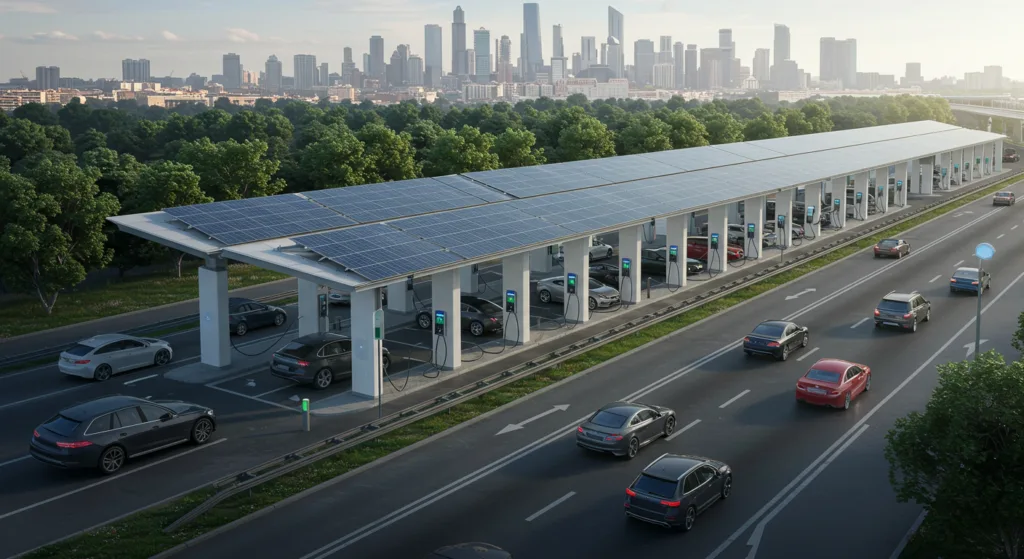
In 2025, range anxiety is no longer a major concern — thanks to a dramatic global expansion of EV charging infrastructure. The shift from “Is there a charger nearby?” to “Which one should I pick?” is changing how people drive and travel.
Key milestones in EV charging growth:
- Europe has surpassed 800,000 public chargers, with fast-charging corridors connecting most major cities.
- The U.S. now has over 200,000 public chargers, up from 130,000 in 2023 — a growth fueled by both private investment and federal programs like the NEVI Formula.
- China leads globally, with over 2.5 million charging points, including ultra-fast chargers delivering 300+ kW — enough to charge a car to 80% in 15 minutes.
What’s new in 2025 charging tech?
- Ultra-fast DC chargers (350 kW and above) are becoming standard at highway stations.
- Bi-directional charging (V2G) is being deployed in many cities, allowing EVs to return power to the grid during peak demand hours.
- Apps now show charger availability, real-time status, pricing, and reservation options, reducing wait times and improving user experience.
Even more importantly, EV charging is now integrated into everyday locations:
- Grocery stores, gyms, parking garages, hotels, and apartment complexes are adding Level 2 chargers as a standard feature.
- Fleets and delivery services now rely on dedicated charging depots, enabling 24/7 uptime.
This rapid expansion is key to sustaining the EV revolution — and it’s giving consumers the confidence to go electric, wherever they live.
5. Automakers Are Launching More Electric Vehicle Models
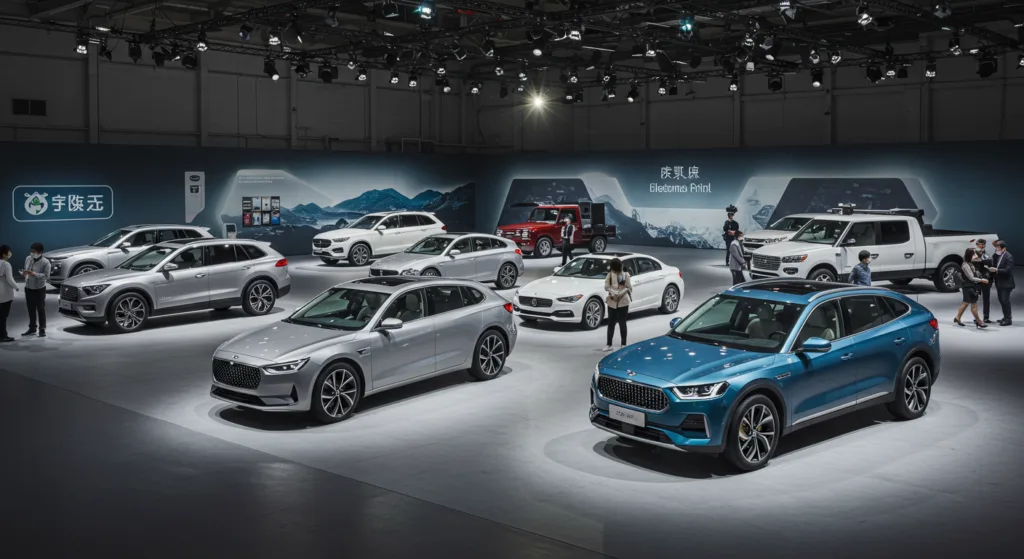
The EV market in 2025 is no longer a niche — it’s a full-fledged battleground for every major automaker, from legacy giants to innovative startups. More models, more categories, more competition — and that’s great news for buyers.
The numbers tell the story:
- In 2020, there were around 70 EV models globally.
In 2025, there are over 450 models across segments — sedans, SUVs, pickups, and even minivans. - By 2025, 40% of new car sales in Europe are electric, and the U.S. is approaching 25% EV market share.
Popular EV launches in 2025 include:
- Volkswagen ID.7 Tourer — an electric station wagon for families.
- Ford Explorer EV — U.S.-built and designed for North American roads.
- BYD Seal and Dolphin — affordable, high-quality options making waves in global markets.
- Tesla Model 2 (rumored) — an entry-level compact car expected to start under $25,000.
In addition, luxury brands like BMW, Mercedes, Audi, and Porsche are electrifying entire lineups, offering premium EV options without compromise.
Why this matters:
- More EV choices mean better pricing, features, and designs tailored to different needs.
- The rise of affordable EVs under $30,000 makes adoption easier for budget-conscious consumers.
- Fleet electrification is also booming — with dedicated electric vans and trucks designed for commercial use.
The market is now buyer-driven. You can go electric without sacrificing performance, design, or price — and that’s a game-changer.
6. Governments Are Pushing Electric Mobility With New Laws
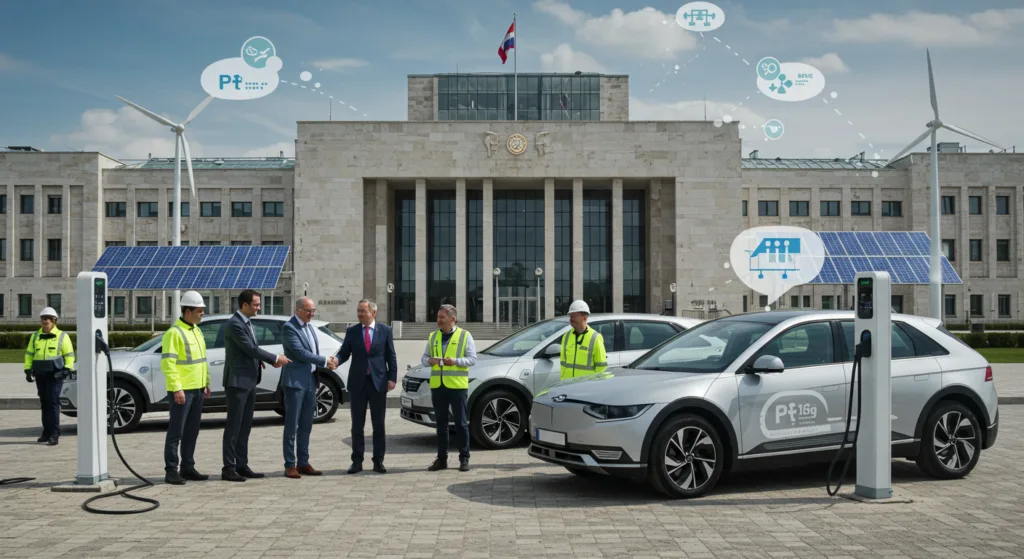
In 2025, policy has become a driving force behind the EV transition. Governments worldwide are implementing strict regulations and ambitious targets to accelerate the shift to zero-emission transport.
Key legislative changes shaping the EV landscape:
- EU: Ban on new petrol and diesel cars by 2035 remains on track, pushing automakers to go all-electric in their future plans.
- U.S.: The EPA has finalized emissions standards for 2027–2032, effectively requiring automakers to sell a majority of EVs to comply.
- China: EVs now represent over 50% of new car sales, with government mandates, subsidies, and fleet targets leading the way.
Incentives and penalties that influence adoption:
- Tax breaks and rebates (up to €5,000 in Europe and $7,500 in the U.S.) are still available for qualifying EVs.
- Low-Emission Zones (LEZs) in cities like Paris, Milan, and Amsterdam penalize or ban polluting vehicles.
- Corporate fleets are increasingly subject to green quotas — requiring a certain percentage of EVs in commercial vehicle portfolios.
Governments are also investing heavily in infrastructure and innovation:
- National grants for battery factories and local EV production (e.g., Tesla’s Gigafactory expansion in Berlin).
- Funding for public transit electrification — buses, trams, and even school buses are going electric.
These combined efforts create a powerful ecosystem that supports EV growth from every angle — legal, economic, and social. In 2025, going electric is not just an option; it’s becoming the standard.
7. Electric Cars Are Smarter: AI, Tech, and Safety Features
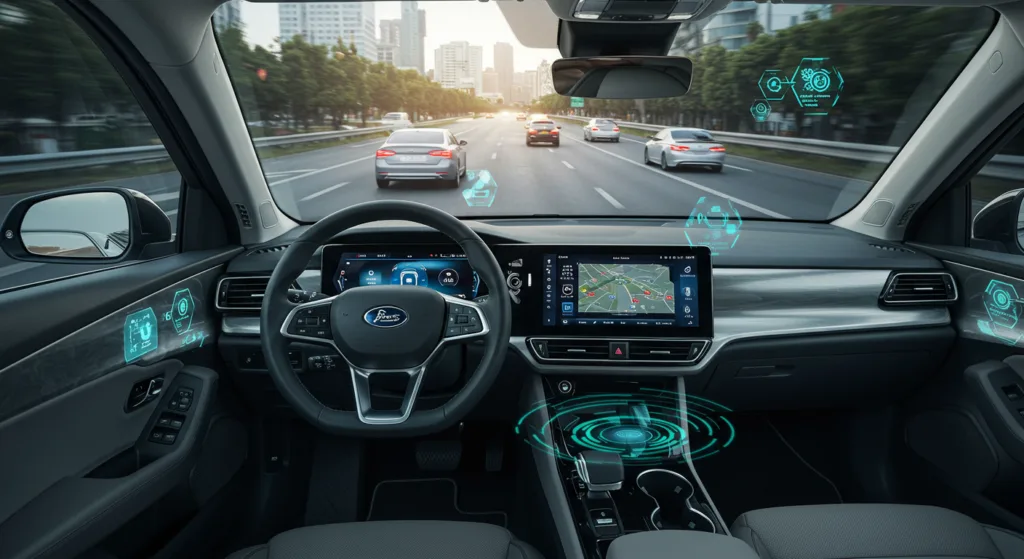
In 2025, electric cars aren’t just cleaner — they’re technological powerhouses. Modern EVs are integrating artificial intelligence (AI), smart software, and next-level safety systems that outperform traditional vehicles in both functionality and user experience.
Here’s how EVs are getting smarter:
- Advanced Driver-Assistance Systems (ADAS):
Most 2025 EVs come standard with:- Adaptive cruise control
- Lane-keeping assist
- Automatic emergency braking
- Pedestrian and cyclist detection
- Over-the-Air (OTA) Software Updates:
Tesla pioneered it, but now most EV brands (like Hyundai, Mercedes, and Polestar) offer software upgrades that improve performance, navigation, infotainment, and even range — without a visit to the dealership. - Integrated AI Driving Assistants:
- AI-powered voice control systems now handle navigation, cabin climate, calls, and even suggest EV charging stops.
- Some EVs offer self-parking and low-speed autonomous driving in urban zones.
- 360° Cameras & Smart Sensors:
Parking and tight maneuvers are easier with enhanced visibility, obstacle detection, and real-time guidance. - In-Car Apps & Connectivity:
From video streaming (when parked) to real-time route optimization, EVs now feel more like smartphones on wheels.
EV drivers in 2025 are not only reducing emissions but enjoying a more connected, safer, and intelligent driving experience.
8. Urban Areas Are Prioritizing Clean Transportation
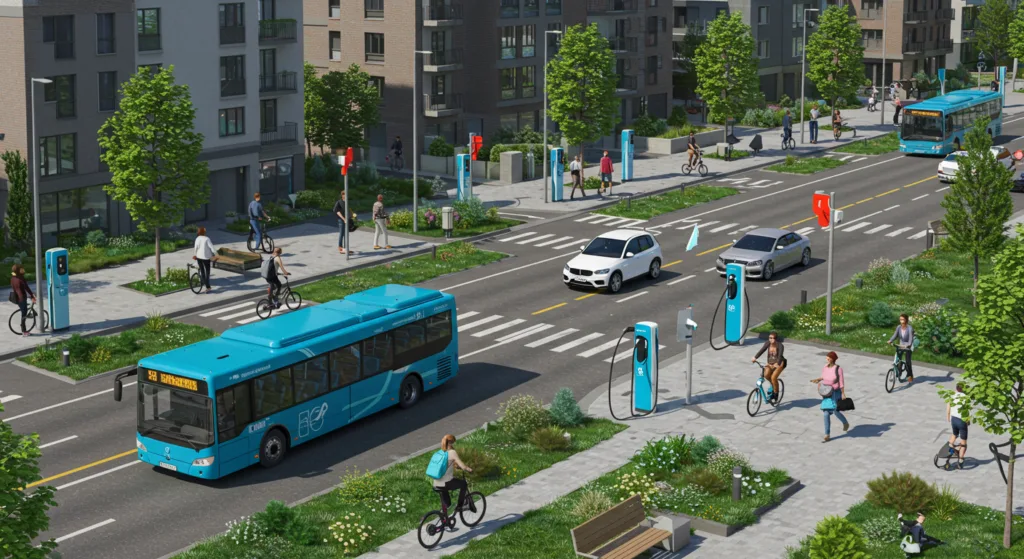
In 2025, cities around the world are reimagining mobility — and electric transportation is at the center of the plan. As urban populations grow, so does the urgency to reduce traffic, emissions, and noise.
Key actions cities are taking:
- Low-Emission Zones (LEZs):
Over 250 European cities now enforce LEZs, restricting high-emission vehicles. Only EVs and hybrids are fully exempt. - 100% Electric Public Transport:
- Oslo, Amsterdam, and Shenzhen have already electrified most of their bus networks.
- Other cities are following fast — with electric taxis, trams, and delivery vans replacing polluting fleets.
- E-mobility Infrastructure Growth:
- Free or discounted EV parking in urban cores
- Widespread installation of curbside chargers and EV-only lanes
- Integration of electric micro-mobility: e-scooters, e-bikes, and electric shuttles
- Urban Design for EVs:
City plans now include charging hubs in residential buildings, underground garages, and shopping areas.
Cities are no longer just adapting to electric vehicles — they’re actively redesigning around them to promote healthier, quieter, and more sustainable urban living.
9. Younger Generations Prefer Sustainable Driving

Millennials and Gen Z are driving more than just trends — they’re driving the EV revolution. In 2025, young drivers are the most enthusiastic adopters of electric mobility, and their preferences are reshaping the automotive industry.
Why younger generations are choosing EVs:
- Climate awareness is high:
Surveys show over 70% of Gen Z consumers consider environmental impact before making major purchases — especially cars. - Tech-first mindset:
EVs align with how younger people think:- Smart apps, clean interfaces, and OTA updates
- Integration with smart homes, Apple CarPlay, Android Auto
- Easy sharing via ride-hailing or subscription platforms
- Cost transparency:
EVs appeal to younger drivers who value predictability and low running costs:- No surprise fuel spikes
- Less maintenance stress
- Eligibility for tax credits and government support
- Peer influence and social status:
Owning an EV is often seen as a statement of responsibility and modernity, not just a vehicle.
As this generation enters its peak car-buying years, their values are clear: sustainability + tech + simplicity = electric.
10. Global Oil Market Shifts Are Accelerating the EV Revolution
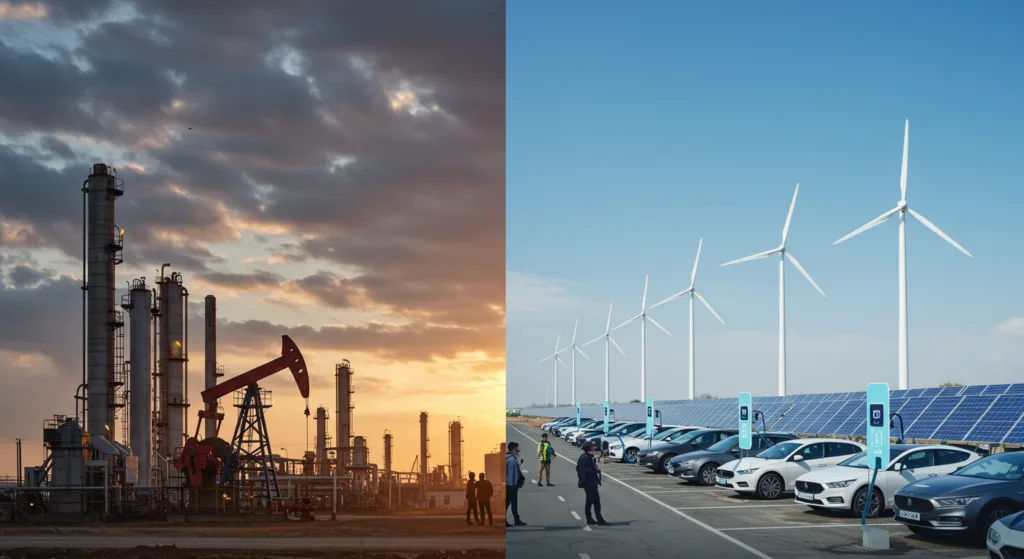
In 2025, the global oil market is undergoing a transformation — and it’s playing directly into the hands of the electric vehicle industry. Rising fossil fuel prices, market volatility, and geopolitical tensions are pushing both consumers and governments toward electrification.
What’s driving the shift?
- Oil price volatility is at historic highs, with Brent Crude fluctuating between $85–$115 per barrel in recent quarters.
- Consumers are frustrated with unpredictable fuel prices, while electricity prices — especially for home charging — remain stable and often lower.
- Geopolitical conflicts have disrupted global oil supplies, reinforcing the need for energy independence through local power generation and EV adoption.
Long-term trends impacting the oil-EV dynamic:
- Oil demand from road transport is declining, with the IEA forecasting that global EV sales will surpass 25 million units in 2025.
- Oil-producing countries are already diversifying — Saudi Arabia is investing heavily in clean energy and EV manufacturing hubs like NEOM and Ceer.
EVs represent more than just cleaner transportation — they’re part of a strategic economic shift toward energy stability, local production, and decarbonization.
As oil becomes a less reliable and more politically charged resource, electric vehicles are emerging as the smarter, more secure alternative — both for nations and for drivers.
Electric cars are no longer a glimpse into the future — they’re the new normal in 2025. From affordability and cutting-edge technology to environmental impact and government support, the reasons behind their rapid rise are stronger than ever. Whether you’re a city driver, a tech lover, or just looking to save on fuel, now is the perfect time to go electric.
If you found this article helpful, share it with your friends on social media and help more people join the electric revolution! ⚡🚗


